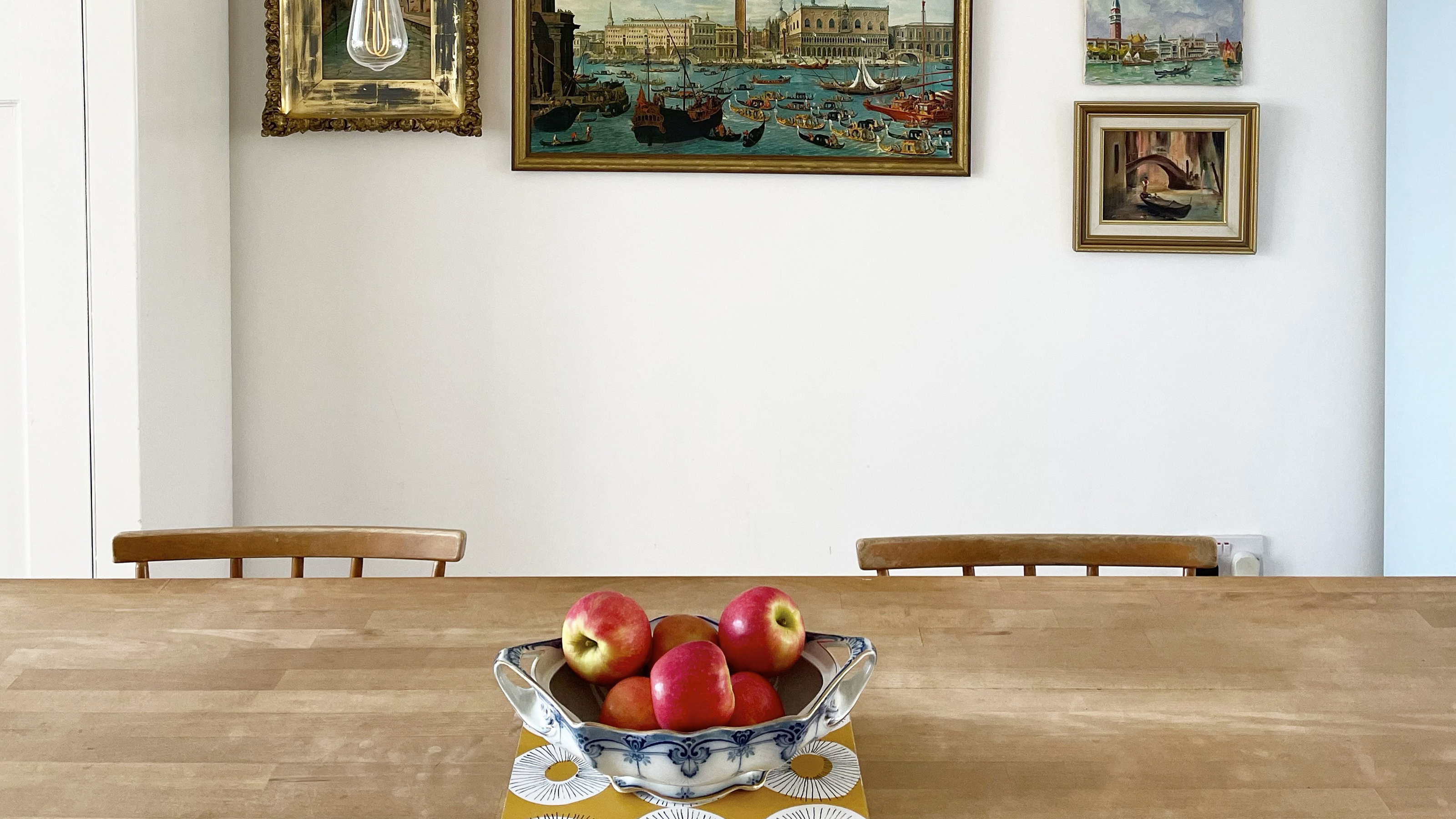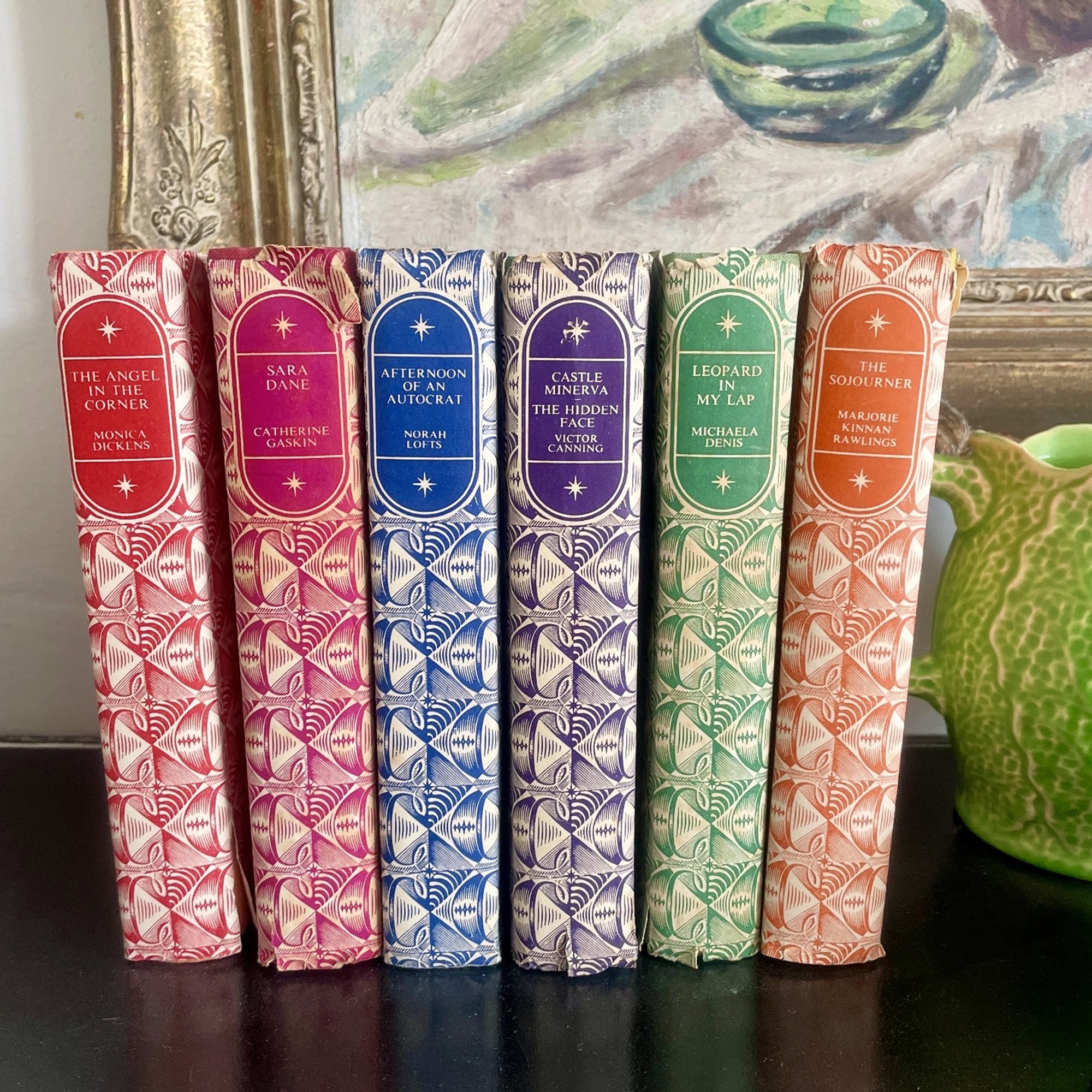I used to be a minimalist, but now I see the joy in it having some element of 'stuff' – this is how I found the perfect balance
There are so many benefits to minimalism, so why do I no longer live as one?



Amanda Jones is one of Ideal Home's new Open House contributors, sharing her thoughts on sustainable living and decorating a home in way that is good for the environment. See the rest of her articles here.
After spending years decluttering over 70% of our household belongings, I loved living with less stuff, and fully embraced living as a minimalist. The benefits of minimalism cannot be underestimated. At a time when my life was very busy and complicated, living minimally helped me keep control of my home, and subsequently, my mind. Whilst I no longer consider myself to be a minimalist, the years I lived that way has benefitted me greatly, and had a big impact on the decisions I make, let me explain.
1. Needs versus wants

When you desire to live with less, it requires you question what you need, not just what you want. You deep dive into what’s important to you and your family’s needs. How many mugs do you really need as a family, unless you have huge gatherings, do you need the 36 mugs taking up valuable space in your kitchen cupboard. It might be that entertaining is a big part of your life, so you put priority over crockery and kitchen equipment, rather than masses of gardening tools, because rarely garden.
Assessing your needs helps you to prioritise your home and what it contains, you edit your belongings.
2. Saves you money
Knowing what you family needs, automatically means you will buy less. Living as a minimalist meant I had to closely observe my spending habits. How many of us accumulate ‘stuff’ without thinking, by mindlessly spending? When you adopt a minimalist mindset, you break the habit of mindless spending. You know what you need, and you don’t stray from that. It takes practice, but soon you will find you are spending a lot less or buying less items that are better quality. The money you save, can be put to much better use, towards paying off debt, or saving for a family holiday.
3. You have more time
Having fewer things in your home is an absolute game-changer in terms of household management. Less stuff means less to tidy, clean and maintain. Having less stuff is much easier to organise, you know what you have, and you know where it is.
Having a designated space where something lives, also means you won’t again spend hours looking for, your passport, that book, your glasses.
Sign up to our newsletter for style inspiration, real homes, project and garden advice and shopping know-how
Less time spent on household management, means more time to spend doing the things you really love, like hobbies, or spending time with your family and friends.
4. Your home will feel bigger
How many times do you think to yourself, if only I had a bigger kitchen, or an extra cupboard to store things in? Try and reverse this thinking, if you only kept the kitchen appliances you really needed, and reduced you mug collection from 36 to the required 10, would you still need a bigger kitchen? Probably not. If you edited out your book collection, would you still require that extra bookcase?
When I minimalised our home, I eventually let go of so many pieces of storage furniture, our home felt so much bigger, even though we hadn’t added any square footage. Reduce what you have, to fit better into the space you have. I could write a whole new article on the extra headspace minimalism gives you.
So, given all these benefits, why do I no longer live as a minimalist?
Even when I practiced minimalism, I didn’t fully subscribe to the minimalist aesthetic, it’s just not my vibe. I love maximalist homes, their eccentricity and playfulness, but I know I couldn’t cope with a maximal home, as it would feel too overwhelming for me.

A couple of years ago, I decided to add another layer to my home. It felt a little too empty. Mindfully, and intentionally I added a few more pieces. Not rushing out to buy numerous new knick knacks, but slowly and thoughtfully, with the emphasis on second-hand, and supporting artisans/small businesses. I thought about what I felt was missing in my home, and decided I’d like more art, books and a few more selected pieces of vintage pottery, and so that’s what I’ve done, and it feels good.
Minimalists out there will be screaming, but its not about ‘aesthetics’', minimalism is a practice, a way of life, and it is, and I feel I’ve held onto to its principles. The extra layer I’ve added to our home has been achieved slowly, sustainably, and because of this I’m making the right decisions. In my core, maybe I still am a minimalist? If you look in my wardrobe, or in our kitchen cupboards, you’ll see that I only have what I need, but if you look on my walls, you’ll find a load of paintings I don’t need, but that I wanted, and love.

Amanda Jones is the passionate slow interiors advocate behind the successful Instagram account Small Sustainable Steps. With over 30,000 followers, it's here she documents her way to live and decorate your home that is all about sustainability at its core.
'Slow interiors means stepping off the trend treadmill, it’s about slowing things down, and pressing the pause button,' she says. 'Finding out who you really are, what you and your family really need. You’ll waste less time, less money, and ultimately reduce what you send to landfill.'
You must confirm your public display name before commenting
Please logout and then login again, you will then be prompted to enter your display name.